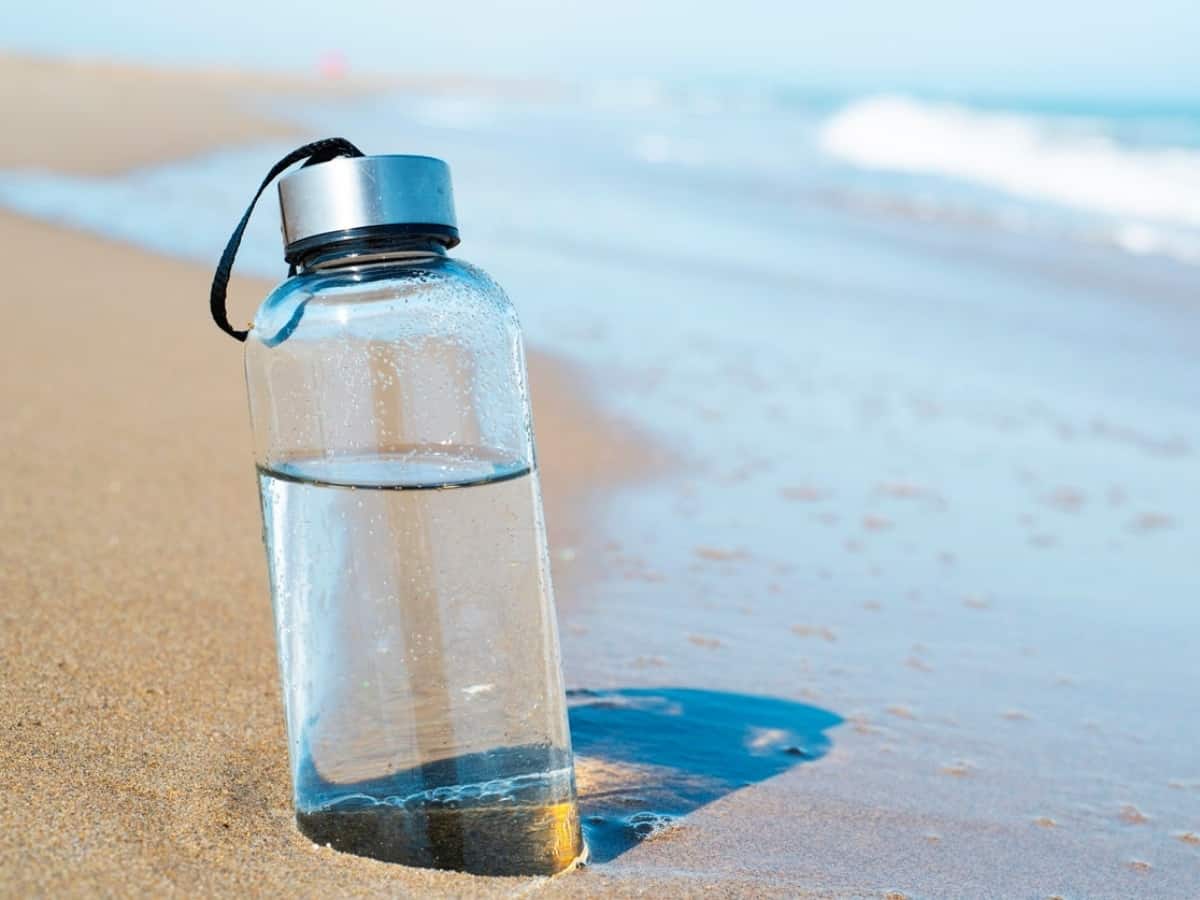Clean drinking water is a vital part of life that many of us take for granted until we are put into a situation where we cannot obtain safe water. Clean water is more essential to our bodies than food. Humans can survive with little food for weeks, but we cannot go without clean water for more than 3 days. In the event of a natural disaster, it is not uncommon for water supplies to become contaminated. Therefore, knowing how to boil water properly is a useful skill that could potentially save your life.
Boiling Water to Make it Safe to Drink
The process of boiling tap water to make it drinkable is not a difficult one and doesn’t require expensive or fancy tools. All you need is a pitcher or container, water, and a pot. If the tap water is cloudy, you will also need something to filter the water with.
If Tap Water is Cloudy
- Fill a pitcher or other container with tap water. Let it sit for several minutes to let the water settle.
- Strain the water into a pot using a coffee filter, cheesecloth, or paper towel.
- Heat the water on the stove on high until it comes to a rolling boil. Allow the water to boil for at least 1 minute. For areas of higher evaluation (above 5,000 feet), boil the water for at least 3 minutes.
- Let the water cool before using or transferring to a pitcher or container to store.
If Tap Water is Clear
- Fill a pot with tap water.
- Set the pot on the stove and bring it to a rolling boil for at least 1 minute. If you are at a higher evaluation (above 5,000 feet), boil the water for at least 3 minutes.
- Turn the heat off and remove the pot from the stove. Let the water cool to the desired temperature before consuming it.
It can take 30 minutes or more for boiled water to cool. So consider planning and boiling more water than initially needed. This will help ensure you have a good supply of boiled water ready and waiting for you to use it.
Keep in mind that boiling it will not make water contaminated with radioactive materials, fuel, or toxic chemicals safe to consume or bathe in. According to the CDC, you should use another water source or bottled water if you suspect your water is contaminated with fuel or radioactive or toxic materials.
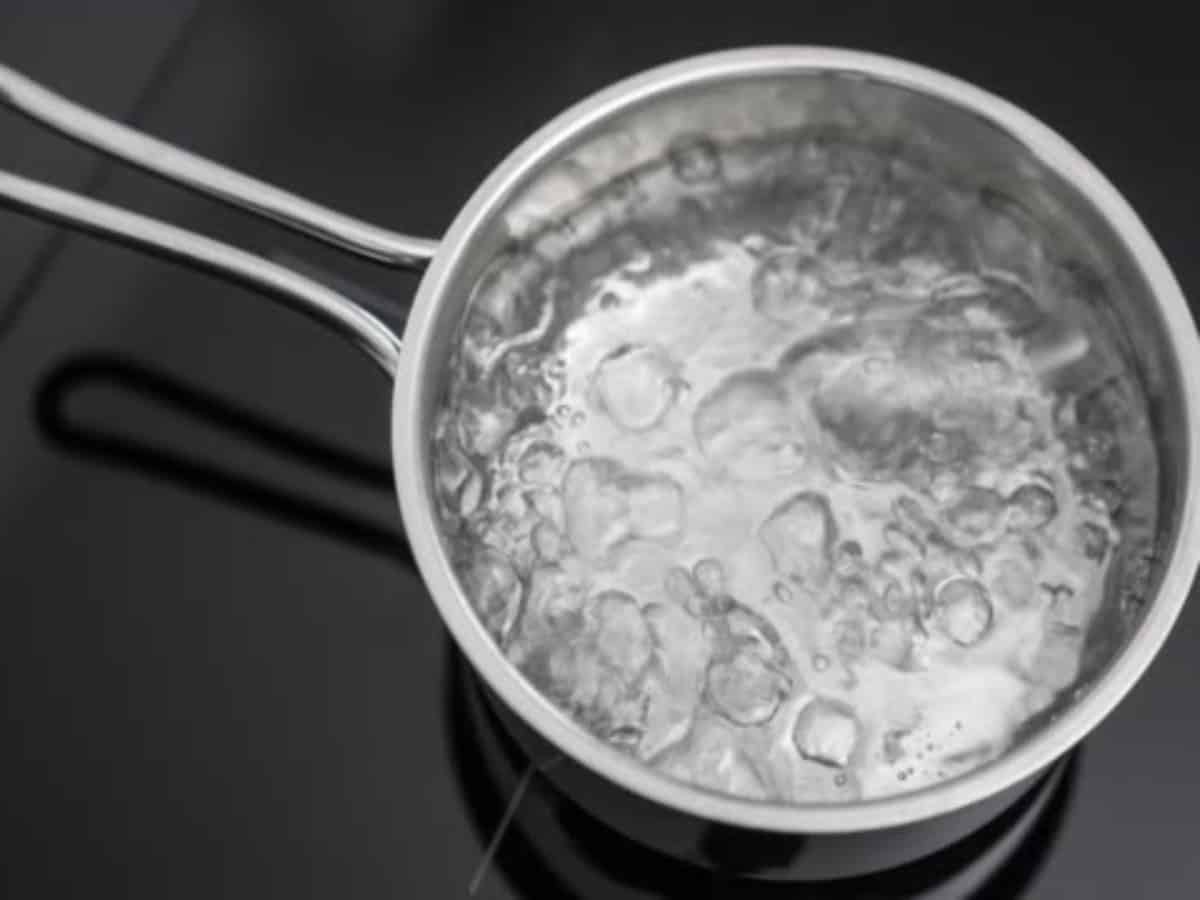
When is it Necessary to Boil Your Water?
There are a few circumstances that may arise where you will need to boil your water. These include:
- Power outage
- Severe weather
- Water boil notice
Many people plan for these types of emergencies by installing solar panels, but few consider where they would obtain clean water in the above situations. The water that you rely on running from your spigot can quickly become a hazard during outages, severe weather, and catastrophic events. Contaminants of all kinds can make their way into your water source, turning it unsafe to consume. Learning the proper method of how to boil water won’t just benefit you in the event there is a boil water advisory, it is also a useful survival skill.
Do I Have to Boil Water to Bathe in?
You can, however, continue to shower and bathe in tap water without first boiling it, though care must be taken not to ingest any of the water. Children shouldn’t bathe in the water because they are at a higher risk of accidentally drinking the water during bathtime. When brushing your teeth, however, you should only use water that is bottled or has been boiled.
Can I Reboil the Water?
There has been some debate in the past about the dangers of reboiling water. The thought was that reboiling concentrates contaminants and minerals in the water, which can increase the chance of health risks. However, studies have shown that the risk associated with consuming twice-boiled water is low. With that said, however, you should refrain from allowing any boiled water to boil down too much during the initial boil.
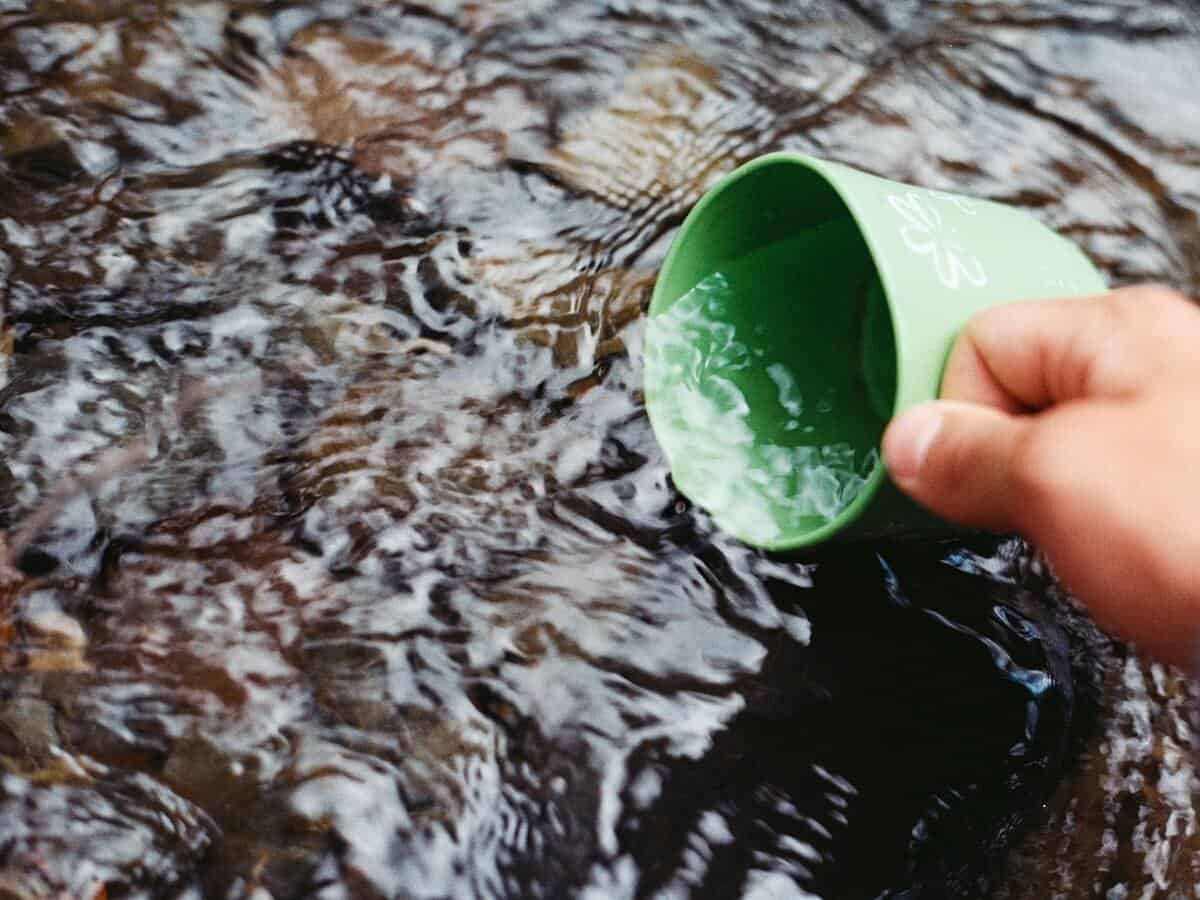
Can You Boil Salt Water or River Water?
Unfortunately, boiling salt water is not enough to make it drinkable. The saltwater would need to go through the process of desalination to make it drinkable. River water, however, can be safely consumed once it has been filtered and boiled.
How to Turn Salt Water Drinkable
To make saltwater drinkable, you will need to remove the salt from the water. Consuming too much salt can be lethal since excessive amounts of salt put a strain on your organs. In addition, high amounts of salt won’t hydrate you and cause more harm than good. Boiling water doesn’t remove the salt, instead, you will have to boil the water and collect the steam.
- Set a heat-safe glass in the middle of a pan.
- Filter the saltwater to remove debris from the water.
- Pour the filtered saltwater into the pan until it reaches about an inch below the top of the glass.
- Set the pot on the stove over high heat and bring it to a roiling boil.
- Reduce the heat so the water is just simmering.
- Cover the pot with an upside-down lid. The steam from the inside of the pot will build up and drip down into the glass. The collected condensation inside the glass is safe to consume.
How to Boil River Water
Before you learn how to boil water from a river, there are a few things to consider. Select a collection spot that is away from campsites and animal grazing areas. If possible, choose a location that is at a higher elevation or close to the water’s source. Furthermore, only collect water from moving water, and avoid stagnant water since it is a breeding ground for viruses, bacteria, and insects.
- Using clean and sanitized hands, fill your clean container with the river water
- Filter the river water through your filter, making sure to follow the manufacturer’s instructions for your specific filter.
- Transfer the filtered water to a pot and boil for at least 1 minute.
- Let the water cool before consuming or storing it.
Never consume water from any natural source unless you have first boiled it. Even if the water appears crystal clear, it can still house an abundance of microscopic organisms. These organisms cannot be seen with the naked eye, but they can pose a serious health risk that ranges from gastric distress to potentially life-threatening. Furthermore, always err on the side of caution. If you’re unsure as to whether the water is safe to consume, boil it first before drinking it.
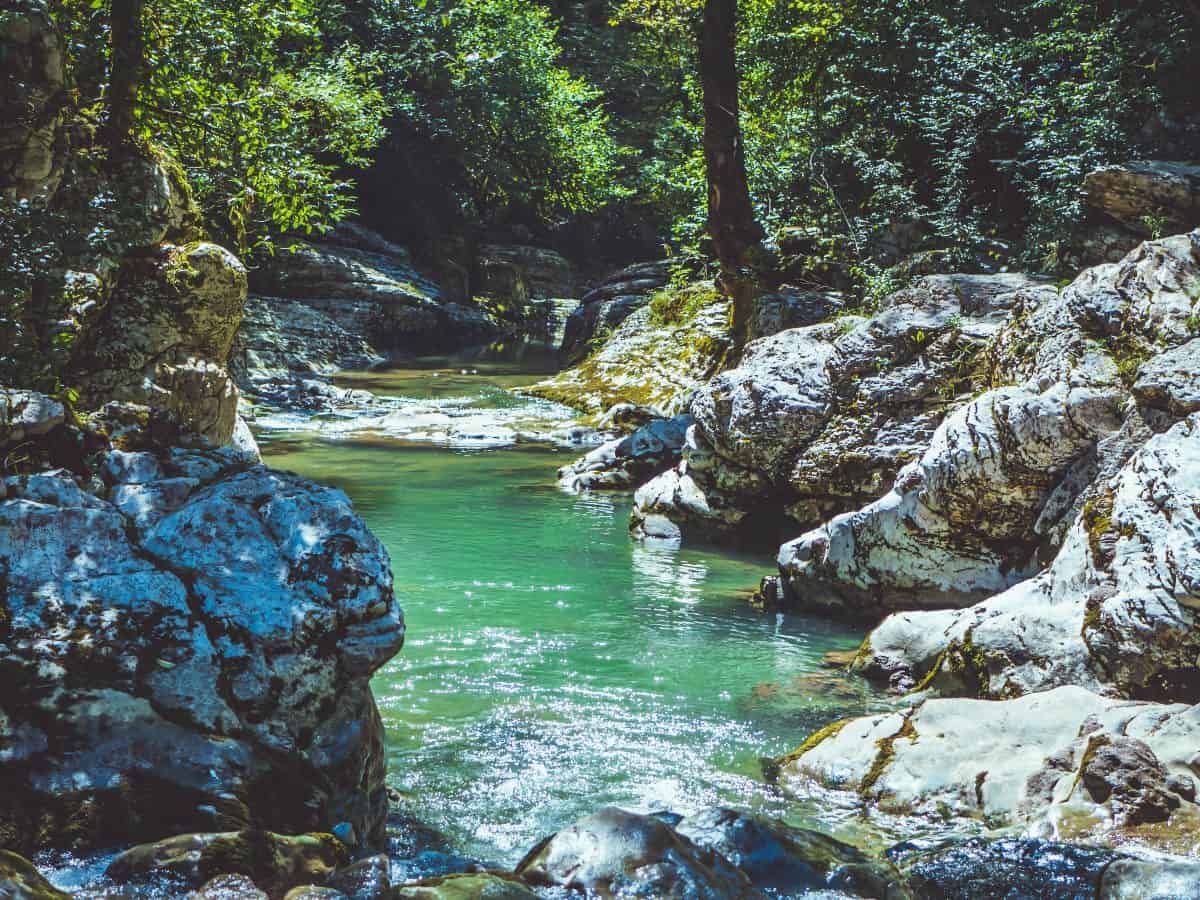
Boiling Water Helps Kill Potentially Dangerous Microorganisms
For thousands of years, people have boiled water as a way to remove impurities and make the water safe to drink. Boiling is an effective, yet simple way to purify water that you can do at home, as well as in the great outdoors. Most microorganisms cannot survive in water with temperatures about 160-degrees Fahrenheit, and water doesn’t start boiling until 212-degrees Fahrenheit. If you don’t have access to safe bottled water, then boiling your water is the best method to kill microorganisms that can cause diseases, including parasites, bacteria, and viruses.
Boiling water inactivates or kills those harmful bacteria that can pose a serious risk to humans. These include giardia, hepatitis A, salmonella, endameba, shigella, cryptosporidium, E. coli, rotaviruses, vibrio cholera, and the bacteria that causes typhoid. Boiling water also kills the eggs of various parasitic worms.
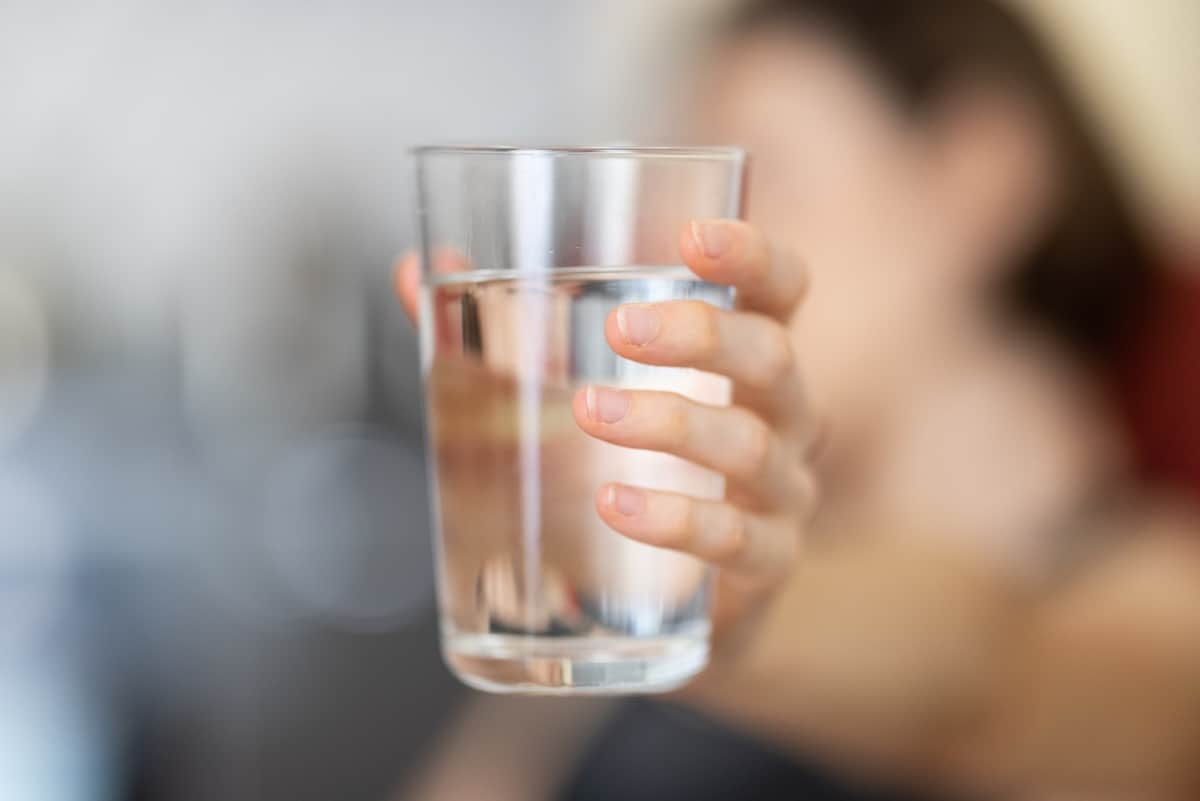
Take Precautionary Steps Now
At ONIT Home we know the importance of water safety, and it is not something you should put off any longer. A whole house filtration system is your first step to cleaner water. Partnering with ONIT Home gives you access to top water filtration systems with professional installation. Skip bottled water and invest in a whole home system to help you save up to $870 a year.
To find out more, visit us online or give us a call right now at 1-833-433-0331.



